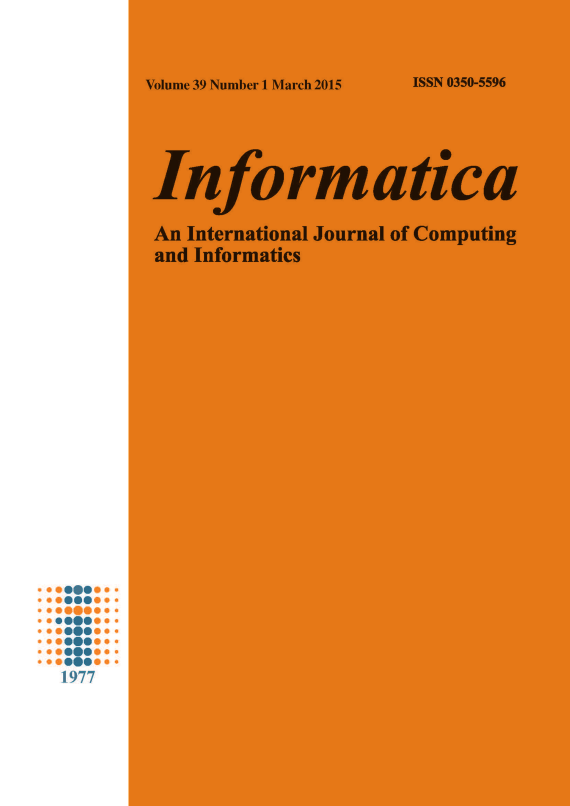Call Routing Based on a Combination of the Construction-Integration Model and Latent Semantic Analysis: A Full System
Abstract
This study stems from a previous article [1] in which we found that a psycholinguistically motivated mechanism based on the Construction-Integration (C-I) model [2,3] could be used for call classifiers in systems based on Latent Semantic Analysis (LSA). In it we showed that with this model more robust results were obtained when categorizing call transcriptions. However, this method was not tested in a context of calls in audio format, where a voice recognition application would be involved. The most direct implication of a voice recognition application is that the text to be categorized may be impoverished and is subject to noise. This impoverishment normally translates into deletions and insertions which are semantically arbitrary but phonetically similar. The aim of this study is to describe the behavior of a complete system, with calls in audio format that are transcribed by a voice recognition application using a Stochastic Language Model (SLM), and then categorized with an LSA model. This process optionally includes a mechanism based on the C-I model. In this study different parameters were analyzed to assess the automatic router's rate of correct choices. The results show that once again the model based on C-I is significantly better, but the benefits are more remarkable when the utterances are long. The paper describes the system and examines both the full results and the interactions in some scenarios. The economy of resources and flexibility of the system are also discussed.Downloads
Issue
Section
License
I assign to Informatica, An International Journal of Computing and Informatics ("Journal") the copyright in the manuscript identified above and any additional material (figures, tables, illustrations, software or other information intended for publication) submitted as part of or as a supplement to the manuscript ("Paper") in all forms and media throughout the world, in all languages, for the full term of copyright, effective when and if the article is accepted for publication. This transfer includes the right to reproduce and/or to distribute the Paper to other journals or digital libraries in electronic and online forms and systems.
I understand that I retain the rights to use the pre-prints, off-prints, accepted manuscript and published journal Paper for personal use, scholarly purposes and internal institutional use.
In certain cases, I can ask for retaining the publishing rights of the Paper. The Journal can permit or deny the request for publishing rights, to which I fully agree.
I declare that the submitted Paper is original, has been written by the stated authors and has not been published elsewhere nor is currently being considered for publication by any other journal and will not be submitted for such review while under review by this Journal. The Paper contains no material that violates proprietary rights of any other person or entity. I have obtained written permission from copyright owners for any excerpts from copyrighted works that are included and have credited the sources in my article. I have informed the co-author(s) of the terms of this publishing agreement.
Copyright © Slovenian Society Informatika








